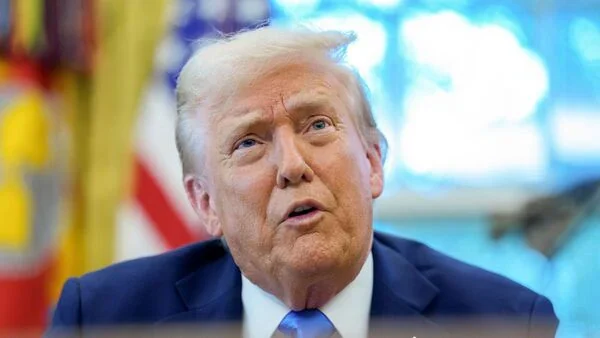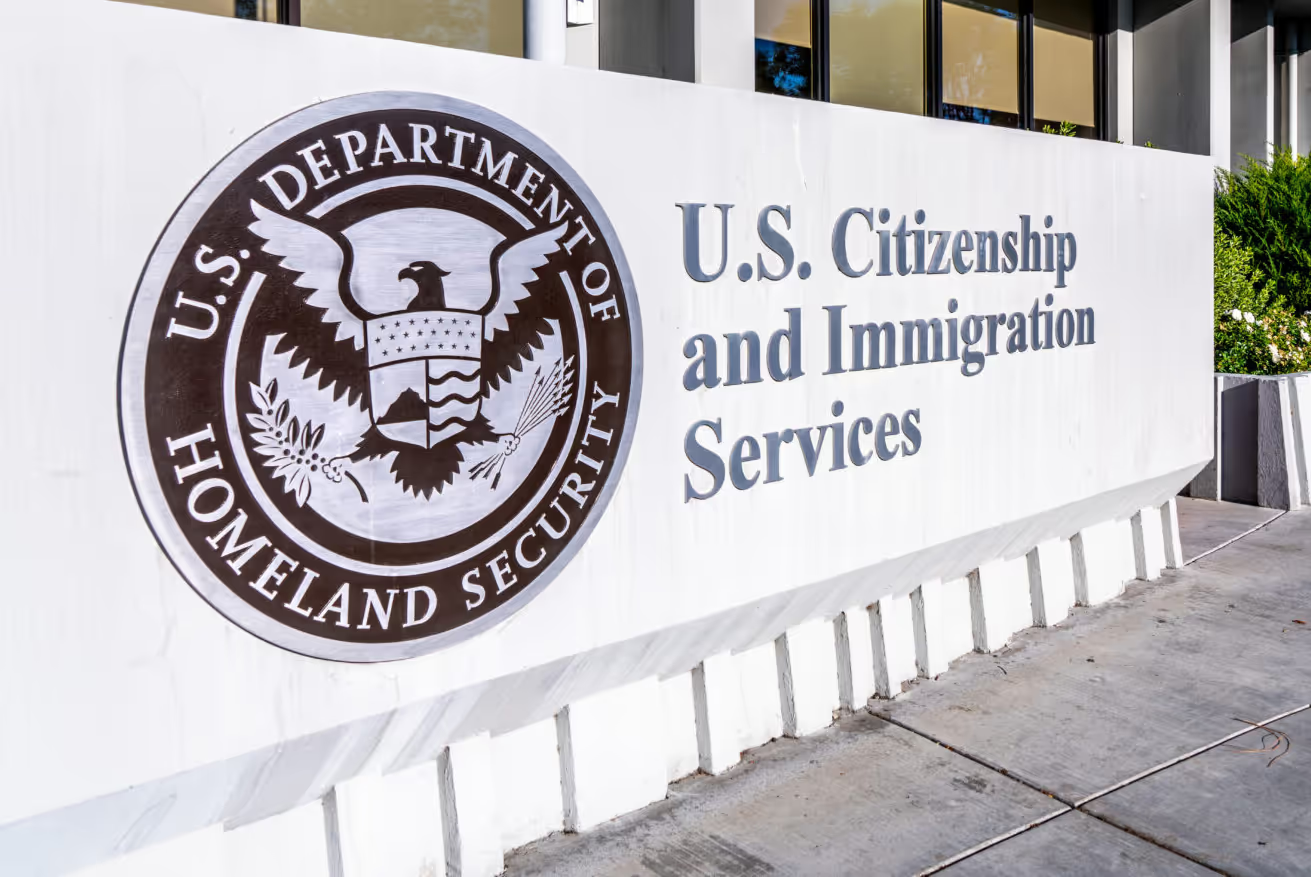A major shift is underway in the American skilled immigration system, as the Trump administration redefines its approach to the H-1B visa program—one relied upon by thousands of tech, engineering, medical, and manufacturing professionals. The President’s recent comments sparked confusion among business leaders, U.S. officials, and political supporters alike, with new rules and dramatic fee hikes fueling debate and uncertainty across the globe.
The newest regulations, announced in autumn 2025, mean companies must pay a $100,000 annual fee for each H-1B worker. This unprecedented surcharge is being rolled out alongside stricter supervision, increased audits, tighter wage benchmarks, and an enhanced focus on ensuring foreign expertise is used for temporary knowledge transfer—not permanent labor imports. The White House says the changes are designed to prioritize American jobs, ensure proper training of U.S. workers, and curb what it sees as system misuse or abuse.
Treasury Secretary Scott Bessent clarified the administration’s policy in TV interviews and official statements. He described Trump’s philosophy as “Train the U.S. workers. Then go home. Then U.S. workers fully take over,” emphasizing a model that invites global experts on a temporary basis to help rebuild core industries—such as manufacturing and semiconductors—then asks them to return so American talent steps in. The administration maintains that this process strengthens national competitiveness, revitalizes domestic talent pipelines, and assures high-wage, stable jobs for American citizens.
Despite the official reasoning, Trump’s new approach has drawn fierce reactions within political circles. For many supporters of the MAGA movement, even the suggestion of a softer stance is seen as a betrayal of the “America First” agenda. There is deep skepticism about bringing in outside experts, even temporarily. The administration counters that the new fee—together with new restrictions on remote work, social media screening, and increased site visits—addresses every major concern about outsized dependency on foreign talent.
American businesses—especially in high-tech and medical sectors—are sounding alarms over the disruption. Major companies warn international staff to remain in the U.S. to avoid complications, and small startups worry the annual $100,000 fee for each visa holder could devastate their talent strategies. The tech sector, which sources a substantial share of its workforce from abroad, faces mounting uncertainty about long-term competitiveness and agility.
The ripple effect is global. Canada has responded by launching new initiatives to attract highly skilled professionals, offering easier routes to work permits and permanent residency for workers who may reconsider pursuing opportunities in the U.S. China, meanwhile, has introduced its K-visa program, designed to capitalize on instability in the American market by recruiting top international scientists, engineers, and entrepreneurs.
For India—the world’s largest producer of H-1B professionals—the stakes could not be higher. Over 70 percent of approved H-1B petitions in 2024 originated from India, thanks to government-backlogged systems and a vast talent pool in STEM disciplines. Indian workers, students, and their families keep a close watch on U.S. policy debates, knowing that shifts in visa restrictions, fees, and work permissions could influence not just careers but entire family plans and business operations.
Additional changes are hitting H-4 visa holders and OPT/STEM OPT students. The administration has introduced targeted restrictions, sometimes causing delays or requests for additional evidence, as part of a broader agenda to shrink legal skilled immigration and refocus on domestic job growth. There is ongoing debate regarding proposed reforms to the H-1B lottery, with a move toward prioritizing higher wage levels, American university degrees, and critical industries that align with national economic strategies.
Ohio and other states with major manufacturing and research projects are among the hardest hit. Employers must comply with new wage and degree rules, prepare for more frequent audits, and address new challenges in remote work compliance. Social media screening and documentation requirements have become the norm, reflecting the administration’s comprehensive approach to visa reform.
The wider vision—highlighted by the administration’s Project 2025 blueprint—calls for higher wages, reduced dependency on foreign experts, and increased scrutiny of all temporary worker programs. Some senate voices even support shrinking legal immigration levels, particularly within critical industries such as science, technology, health, and engineering.
As 2025 comes to a close, America’s H-1B landscape is in flux. Some argue the new fee structure and training requirements will stimulate the domestic workforce. Others call for a balanced system that welcomes innovation, maintains talent pipelines, and keeps American companies at the cutting edge. At the heart of it all: a contest between protectionist sentiment and the reality of an interconnected, global labor market.










